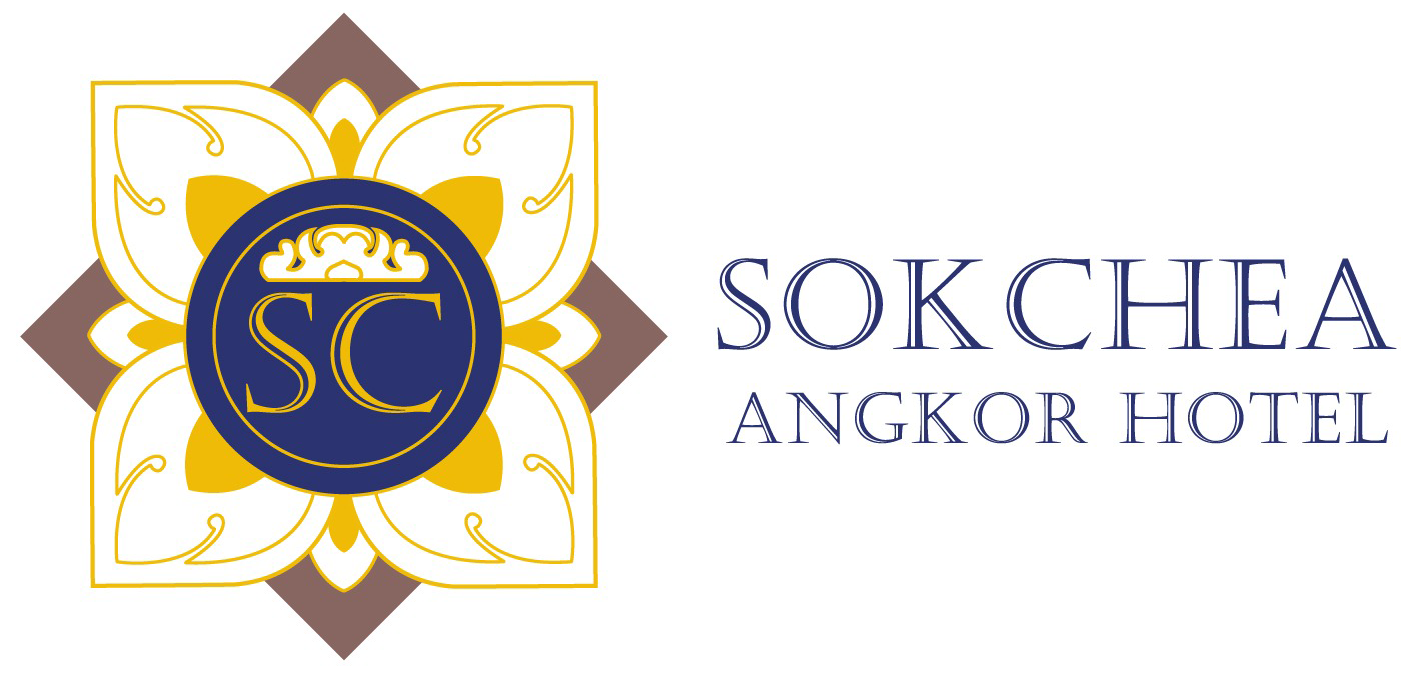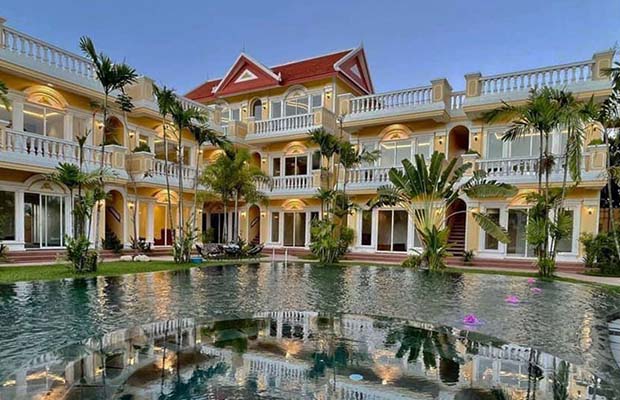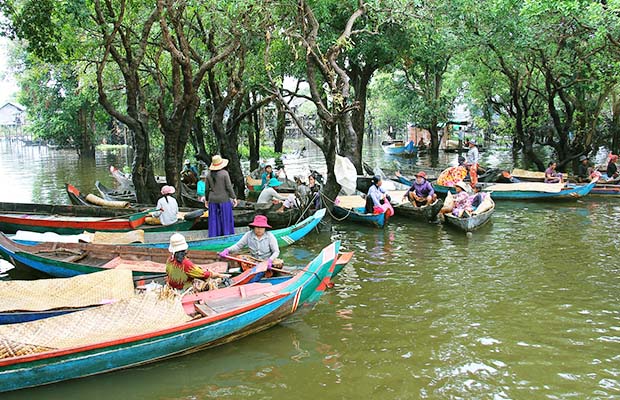The entrance fee for the Angkor Archaeological Park, which includes access to major temples such as Angkor Wat, Angkor Thom, Ta Prohm, and many others, is structured based on the duration of the visit. Here are the current entrance fees as of 2024:
- 1-Day Pass: $37 USD
- 3-Day Pass: $62 USD (valid for any three days within a 10-day period)
- 7-Day Pass: $72 USD (valid for any seven days within a 30-day period)
These passes can be purchased at the main entrance ticket booths located near the entrance to the park. The park opens at 5:00 AM and closes at 6:00 PM, allowing visitors to enjoy the stunning sunrises and sunsets








